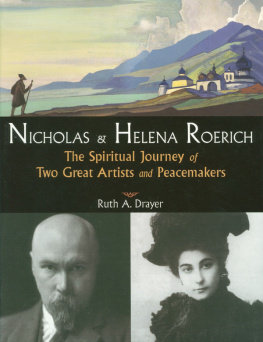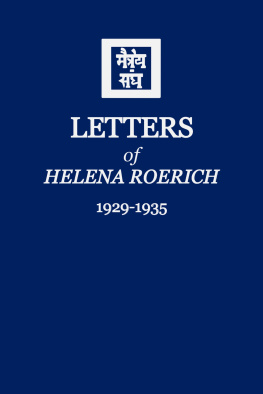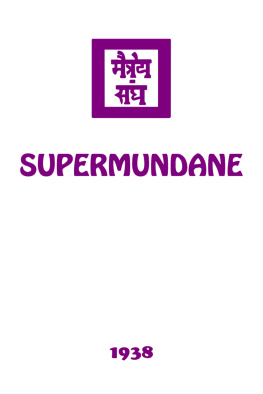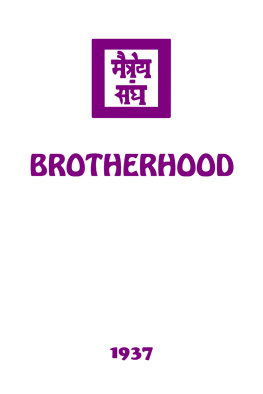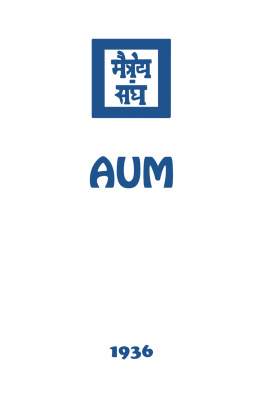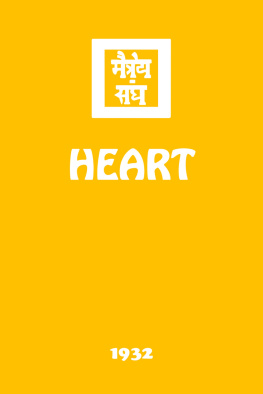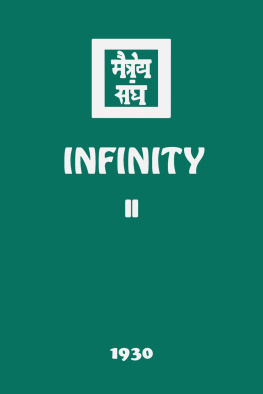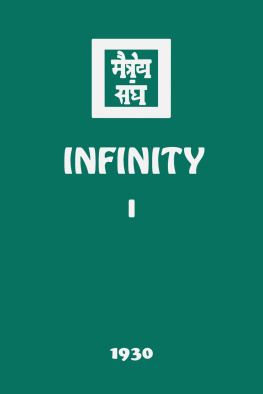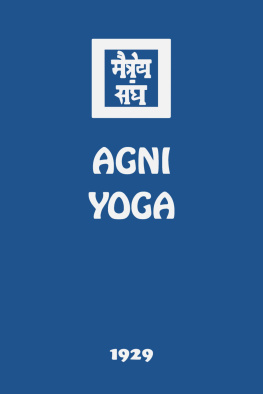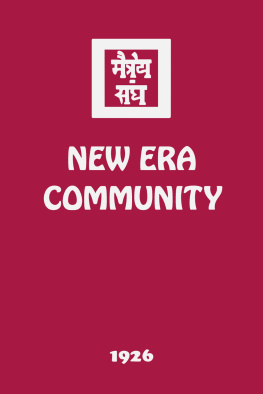
N ICHOLAS & H ELENA R OERICH
N ICHOLAS & H ELENA R OERICH
The Spiritual Journey of
Two Great Artists and Peacemakers

Ruth Abrams Drayer

Theosophical Publishing House
Wheaton., Illinois Chennai (Madres), India
Learn more about Ruth Abrams Drayer and her work at www.ruthdrayer.com
Find more books like this at www.questbooks.net
Copyright 2003, 2005 by Ruth Abrams Drayer
First Quest edition, 2005
Quest Books
Theosophical Publishing House
PO Box 270
Wheaton, IL 60189-0270
Without limiting the rights under copyright reserved above, no part of this publication may be reproduced, stored in or introduced into a retrieval system, or transmitted, in any form, or by any means (electronic, mechanical, photocopying, recording, or otherwise), without the prior written permission of the publisher of this book.
The scanning, uploading, and distribution of this book via the Internet or via any other means without the permission of the publisher is illegal and punishable by law. Please purchase only authorized electronic editions, and do not participate in or encourage electronic piracy of copyrighted materials.
While the author has made every effort to provide accurate telephone numbers and Internet addresses at the time of publication, neither the publisher nor the author assumes any responsibility for errors or for changes that occur after publication. Further, the publisher does not have any control over and does not assume any responsibility for author or third-party websites or their content.
Photograph on page 11 courtesy of David Hopper. Other art images and photographs courtesy of the Nicholas Roerich Museum.
Cover images: Nicholas Roerich, Pilgrim of the Radiant City, 1933. Tempera on canvas, 61 x 96.5 cm. Nicholas Roerich Museum, New York. Photograph of Nicholas Roerich by E. O. Hoppe.
Cover design, book design, and typesetting by Kirsten Hansen Pott
Library of Congress Cataloging-in-Publication Data
Drayer, Ruth Abrams.
[Wayfarers]
Nicholas and Helena Roerich: the spiritual journey of two great artists and peacemakers / Ruth
Abrams Drayer.1st Quest Books ed.
p. cm.
Previously published as: Wayfarers, 2004.
Includes bibliographical references and index.
ISBN-13: 978-0-8356-0843-5
1. Rerikh, Nikolai Konstantinovich, 18741947. 2. Rerikh, E. I. (Elena Ivanovna), 18791955.
3. PaintersRussia (Federation)Biography. 4. Artist couplesRussia (Federation) Biography. 5. PhilosophersRussia (Federation)
Biography. I. Title.
ND699.R42D73 2005
759.7dc22
[B] 2005047542
ISBN for electronic edition, e-pub format: 978-0-8356-2150-2
5 4 3 2 1 * 05 06 07 08 09 10
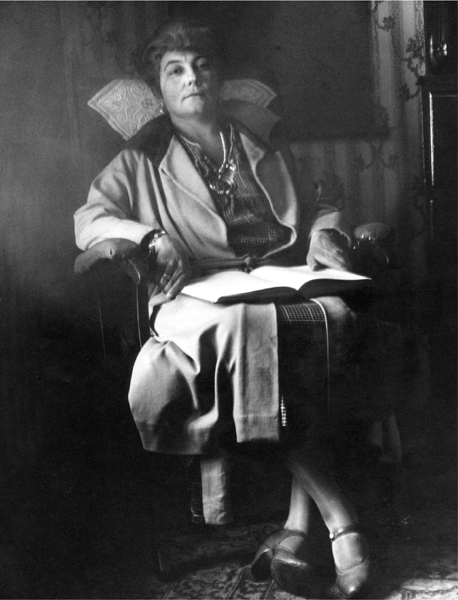
D edicated to Helena Ivanovna Roerich, Urusvati, the Light of the Star of the Morning, who foresaw the Era of the Woman as a time requiring great courage, cooperation, and compassion.
And to my friend and daughter Laurie Ann Brown, who is working to exemplify this era and who loves me.

CONTENTS

COLOR PLATES
Between pages 216 and 217

FOREWORD
I n 1961, after returning from the first trip into cosmic space, the Soviet cosmonaut Yuri Gagarin was asked to describe what our planet looked like from space. When he replied that it reminded him of a Nicholas Roerich painting, Roerich was a name familiar to only a smattering of people around the world. Few Russians recognized it because of the Soviet authorities strict ban against Roerich, enforced by the KGB. Few Americans recognized it because former vice president Henry A. Wallace, at first a Roerich supporter, had denied him reentry into the United States in the mid-1930s. But for those who did recognize the painters name, Gagarins description was an eloquent statement, for Roerichs art portrayed a world of multidimensional beauty and lyric color.
How could a painter of such breadth and scope be so little recognized? Who was Nicholas Roerich? Why was it that Americans knew of the spiritual work of such Russian greats as Kandinsky and Chagall, but not Roerich? These questions plagued Ruth Abrams Drayer after she encountered his glorious artwork at the Roerich Museum in New York in 1982, beginning a chain of events that led her to move to India to work with the painters son Svetoslav Roerich and to interview and correspond with an international assortment of people. She spent countless hours digging through crumbling scrapbooks and microfilm in many libraries and reading through old correspondence and files stored in the Library of Congress, the British secret files, and reports from various departments of the American government released through the Freedom of Information Act (although most lines were inked out to protect the informants).
Drayers fourteen-year quest and hard work has resulted in the fascinating story of two truly great leaders of the twentieth century. Here is a rare look into the lives of two modern initiatesspiritually advanced souls who lit up the human world with sparks of divine color and imparted a fiery wisdom to all they met. Russian-born Nicholas Konstantinovich Roerich (18741947) was an internationally acclaimed artist, author, explorer, archaeologist, humanitarian, and peacemaker. His wife, Helena Ivanovna (18791955), was an inspired and influential writer and teacher. Partners in all things, they shared the belief that knowledge and beauty are the real cornerstones of evolution, the gates to a world community. The Roerichs taught that a synthesis of knowledge from all fields of human endeavor was needed to form a fully developed being.
Nicholas Roerich wrote nearly thirty books and created over seven thousand paintings and theater designs, depicting scenes from ancient Slavic myths to the Himalayan Mountains to inspirational themes from the worlds religions. People who see his art for the first time are often speechless at the inspirational use of color and the spiritual power it evokesespecially his later work, completed during and after their four-year Central Asian expedition. Roerichs paintings portray spiritual development, culture and its role in human evolution, and possibilities for peace in a troubled world. A broader and more metaphysical understanding is added to the paintings once the viewer penetrates Helenas deeply spiritual writings.
In 1923 the Roerichs founded the Master School of United Arts in New York to teach all the arts in one place, and the following year they started an international art center, Corona Mundi. They believed that beauty is the force that can bring nations together.Art and knowledge are the best international language.They will unify all humanity. To reduce crime and illnessboth mental and physicalRoerich promoted the benefits of hanging art in factories, hospitals, prisons, and city streets.
A daring explorer and archaeologist, Nicholas Roerich investigated remote and dangerous regions of China, Mongolia, and the Gobi Desert, where few Westerners had ventured before. In addition to seeking ancient manuscripts hidden in subterranean crypts and caves, their Asian explorations had deeper, hidden purposes. Following their Masters direction to establish a Buddhist spiritual country in Asia, the Roerichs were searching for the sacred site of Shambhala and for signs of the return of Maitreya (an Eastern name for the World Teacher, or Christ), whom they saw as a symbol of the futurethe messenger for all humanity of the New World to come. They later established the Urusvati Himalayan Research Institute to study the discoveries made during their travels.
Next page
